Bangkok is one of the most beautiful Asian cities I’ve been and, and it is the city that I would love to revisit and further explore.
I visited Wat Pho twice back in 2018 and 2019 and during those visits, my experience was beautiful and therapeutic. There is something about this place that is hard to explain in words. Only something that you must feel to understand its meaning.
Wat Pho, the first-class Royal Temple
It is a first-class royal Temple and is an ancient temple, which King Rama I the Great ordered to be built for monks to study Dharma.
Located on Maha Rat Road next to the Grand Palace. During the reign of King Rama III, the King graciously renovated Wat Pho and brought academic texts in different fields to be inscribed around the temple in order to disseminate knowledge to the people. It is considered the first university in Thailand. In addition, wat pho has a large reclining Buddha image that was constructed during the reign of King Rama III of masonry, mortar, and covered with gold. Its length is 46 meters and its height is 15 meters. On the sole of each foot, there are 108 auspicious images decorated with pearls, which is one characteristic of a great man according to the principles of India.
Wat Pho which is turning 235 years old this year receives 10,000 visitors a day on average. During Thailand’s annual high and peak seasons from October to January, the number exceeds 15,000 visitors per day. The top source of visitors in the market is from China, South Korea, Japan, France, Germany, the UK, the US, India, and Russia.
The entrance fee generates between two million Baht to 2.5 million Baht per day, which amounts to a monthly average of over 60 million Baht. So, visitors should be mindful that their 200 Baht per person entrance fee goes a long way and is critical to the landmark’s preservation. All funds go to the restoration and maintenance of the temple and other important historical sites.
History of Wat Pho
OFFICIAL NAME: Wat Phra Chetuphon Wimon Mangkhalaram Rajwaramahawihan
The Wat Pho is the first-grade royal monastery, regarded as the most important one during the reign of King Rama I of the Chakri Dynasty. The importance of this is due to the King having managed the restoration of Wat Phodharam, an old monastery from the Ayudhya period, it was re-established as a royal monastery located near The Grand Palace. Some ashes of King Rama I were kept under the pedestal of the principal Buddha image known as Phra Buddha Deva Patimakorn in the main chapel. The monastery is located on an area of 20 acres south of the Grand Palace, with Thai Wang Road in the north, Sanam Chai Road in the east, Setthakan Road in the south, and Maharat Road in the west. Separated by a tall white wall on Chetuphon Road, the monastery has two main quarters: the sacred (or a chapel section = Buddhavas) and the residential (or the monk’s living section = Sangghavas).
It is said in a stone inscription that, after moving to the Grand Palace, King Phra Buddha Yod Fa The Great (King Rama I) recognized that there were 2 old temples along both sides of the Grand Palace: Wat Salak (Wat Mahatart) in the north, and Wat Phodharam in the south. He ordered his noblemen from the Department of the Ten Crafts to restore Wat Phodharam in 1788. This first restoration took 7 years 5 months and 28 days. Then there was a celebration in 1801 and the King named it “Wat Phra Chetuphon Vimolmangklavas”, which was changed to “Wat Phra Chetuphon Vimolmangklararm” during the reign of King Rama IV. The great restoration, Had been taken 16 years and 7 months, was done during the reign of King Rama III, by extending both the South Vihara and West Vihara where the large reclining Buddha image is kept, the Missakawan Park, Phra Mondob (Library Hall) and teaching learning hall as nowadays. Although there was another restoration before the Bangkok Bicentennial Celebration in 1982, no more other major work has been done on the monastery, except for some minor repairs.
From the bypaths of history in the great restoration during King Rama I and King Rama III, it is said that all the best craftsmen from the Royal Palace, outside the palace, all artwork specialists, and the monks devoted themselves to creating this elaborately decorated monastery. It was done to fulfill the King’s ambition of using this Wat as the center of Thai arts and knowledge, where descendants can study indefinitely. In “The Ubosot of Wat Pho” book, Chakrabhand Posayakrit who is a famous artist of Thailand said on October 10, 1999 “The fine arts in Wat Pho are a bounteous wealth of knowledge. These enormously valuable resources can stimulate and enhance youthful enthusiasm for attaining artistic excellence and distinction.”
Architecture and Buildings inside the Wat Pho
Phra Vihara of the Reclining Buddha
Phra Vihara of the Reclining Buddha (the assembly hall) lies on the Northwest within the monastic area of Wat Pho. In his poem on the construction of Wat Pho, the royal poet, Prince Monk Paramanuchitchinorot described Phra Vihara of the Reclining Buddha as a major hall, built on an extension to the North as a brick and stucco building, 60.75x22.60 meters in length, elaborately built over the Reclining Buddha.
Mural Paintings in Phra Vihara of Phra Buddhasaiyas
At the northern wall of Phra Vihara (the assembly hall) of Phra Buddhasaiyas or the Reclining Buddha, there is a piece of empty stone in a frame decorated with beautiful designs. According to a hypothesis, it might have been prepared for recording the history of the construction of Phra Vihara. Anyway, it has been blank until now. Wat Phra Chetuphon or the Temple of the Reclining Buddha had a major restoration during the reign of King Rama III. However, we do not yet know the muralists.
The painting spaces had been separated into various niches relating to the Thai traditional mural style and several mural tales written during the reign of King Rama III had been aimed at providing knowledge to the people. The mural paintings were as the following:
1. The murals, located on the interior wall, illustrate the tales of Etadagga (foremost; the best of that class or type) in Buddhism relating to the most distinguished disciples, 10 Upasaka (male lay devotees) and Upasika (female lay devotees).
2. The murals, located above the doors and the windows, illustrate the story of mahavong, which was the history of Buddhism and the Singhalese King in Ceylon (Sri Lanka).
3. The murals, located on Kho Song (the secondary beam placed below the main roof beam), illustrate the heaven at Tavatimsa (the name of the second heavenly abode, of which Sakka is the King) and the battle between Thevada (heavenly beings) and Asura (demons).
4. The murals, located on the outside doors, illustrate Thai ancient weapons decorated with lai rod nam designs (the lacquer work), while the murals, located on the inside doors, illustrate Phraya Nakaraj decorated with lai rod nam designs on the red color.
5. The murals, located on the outside windows, illustrate Thai ancient weapons decorated with lai rod nam designs, while the ones located on the inside windows illustrate laid ok puttan karn yang designs.
6. The murals, located above and below the outside door panels and the outside window panels, illustrate several tales; that is the Stars of the zodiac of the solar system, the Ramakain, Phra Suthon – Manorah, etc.
Phra Ubosot
Phra Ubosot, the Assembly Hall for performing the monastic ritual, was constructed in the reign of King Rama I in Ayudhya style. It was then reconstructed and enlarged during the reign of King Rama III. All sheltered windows and doors are made of hardwood with crown–like spires and color-glazed tiles. Inlays of mother–of–pearl on the outer side of the entrance door panels depict episodes from the Ramakien (the Thai version of the Ramayana – the world-famous Indian epic); while on the inner side are painted specimens of ecclesiastical fans of rank which are presented to the monk sovereigns.
The principal Buddha image is “Phra Buddha Theva Patimakorn” in a gesture of seated Buddha on a three-tiered pedestal called Phra Pang Smardhi (Lord Buddha in the posture of concentration), and some ashes of King Rama I are kept under the pedestal. The mural paintings in the hall depict Mahosatha Pandita (The Great Bachelor of Mithila City), The heavens, and Phra Etadagga a disciple. On the middle tier, there are two images of the Original Disciples, while the eight effigies of the Holy Priests stand on the lowest pedestal. Inside panels of the windows are decorated with lacquer work of the seals of these monastery dignitaries (in the reign of King Rama III).
Phra Maha Chedi Si Rajakarn
Phra Maha Chedi Si Rajakarn, is a group of four huge pagodas surrounded by white walls with Thai-Chinese-style sheltered gates decorated with color-glazed tiles and Chinese rockeries guardians.
Each pagoda is 42 meters high, with twelve or added notched-rim structures ending in a tall spire and elaborated with colorful mosaics. The one with green tile mosaic named Phra Maha Chedi Sri Sanpetdayarn, constructed during the reign of King Rama I to cover the ruined image of Buddha ‘Phra Srisanpetch' where relics of Lord Buddha are kept, represents the reign of King Rama I. The ruined standing Buddha is 16 meters high and was brought from the Royal Palace in Ayudhya.
Phra Maha Chedi Dilok Dhammakaroknitarn, the one with a white-tile mosaic representing the reign of King Rama II, was built by his son, King Rama III.
He also built the yellow tile mosaic pagoda, Phra Maha Chedi Muni Batborikharn, for his own reign and for the praise of Buddha. The last one, in a dark blue tile mosaic, represents the reign of King Rama IV or King Mongkut. It was built in the same style as Phra Maha Chedi Song Phra Srisuriyothai of the Ayudhya period with the purpose of praise for the Lord Buddha.
King Mongkut also ordered all four pagodas to be enclosed and surrounded by the boundary so as to leave no space for more pagodas, as these four Kings of the Chakri Dynasty were alive and met each other in the same period of time, and no more pagoda was required.
Phra Rabieng
Phra Rabieng are the double cloisters surrounding the chapel that connect four main directional Viharas.
The inner cloister contains 150 Buddha images, and for the outer cloister, over 244 images are located.
These images were brought from northern provinces during the reign of King Rama I. Today, all Buddha images are covered with gold leaves.
By the order of King Rama III, Thai prosody framed in 100 stone inscriptions was posted on all columns along the cloisters.
You can study Buddhist art on the image styles of each reign along these cloisters, while poets will also get pleasure from many beautiful poems.
You may find that the knowledge and pleasure of fine arts and the Thai language provided here are more advanced than in the textbooks.
Phra Maha Stupa
Phra Maha Stupa, or Phra Prang, are the 4 pagodas at the corners outside the chapel yard. This type of pagoda is specially termed “Phra Agghiya chedi”.
Each is tiled with marble, with 4 Khmer-style statues, tin gilded with gold leaves and decorated with glass inlay, of the so-called “Catulokapala” – the Guardian Divinities of the Four Cardinal Points- on its 4 corners.
The stupa on the northeastern corner is called “Phra Buddha Manggala Kayabandhana Mahastupa”, the southeastern “Phra Buddha Dhammacak Pavattanapaduka Maha Stupa”, the southwestern “Phra Buddha Vinaiyapitaka Sucigkara Maha Stupa”, and the northwestern one named “Phra Buddha Abhidhamma Dharavasi Parikkhara Maha Stupa”.
Sala Rai
Sala Rai or open pavilions were established in rectangular shape along the main chapel yard. At first, there was no veranda, and was just an open area. The current building was later reconstructed in the reign of King Rama III by extending a veranda around it with two steps on three sides, front, and both walls.
Two open pavilions, Sala Rai, are situated between Phra Maha Chedi Si Ratchakarn and the main chapel.
North Pavilion is the library of Thai traditional massage inscriptions. There are 32 drawings of massage positions posted on the walls of the veranda.
At the back, there are inscriptions of Supasit Phraruang (The first Thai proverbs), Kritana Sorn Nong (Thai literature), and a portrait of The Royal Kathin Procession.
South Pavilion (Mae Sue Kumaravej Boran Pavilion) is a collection of inscriptions about the guardian angel that protects newborn babies. It described the illness in babies and how to cure it. In the back of this pavilion, there are inscriptions of Ramayana, the episode of Pali Sorn Nong, and the painting of the Royal Barge Procession.
The Legend of the Buddha
Phra Buddha Theva Patimakorn
The Principal Buddha Image in the Main Chapel.
Previously, Phra Buddha Theva Patimakorn was the Principal Buddha image of Wat Sala Si Na or Wat Khuhasawan. After the main chapel of Wat Phra Chetuphon was completed, King Rama I ordered to take the Buddha image to enshrine in the main chapel and renamed Phra Buddha Theva Patimakorn.
During the reign of King Rama III., the main chapel was enlarged, and the pedestal of the Buddha image was rebuilt. Besides, King Rama III ordered to cast 2 new statues of Phra Arahanta of which formerly there were 8 statutes in the main chapel.
After King Rama IV's accession to the throne, he had the Royal Procession in 1851 A.D. He visited Wat Phra Chetuphon and paid respect with offerings to Phra Buddha Theva Patimakorn for the first time.
Since then, it has been the royal tradition of the monarch to pay respect to Phra Buddha Theva Patimakorn on the Royal Procession. Later, King Rama IV ordered to keep the ashes of King Rama I on the pedestal of Phra Buddha Theva Patimakorn. Hence, Wat Phra Chetuphon became the monastery of King Rama I.
Art Style of Phra Buddha Theva Patimakorn Buddha's image is in a sitting position with legs crossed appears in the attitude of Meditation. The hands are folded on the lap with the palm of the right hand facing upwards. The face is round with a little square chin, thick arched eyebrows, eyes gazing downwards, long ears, thick lips, curly hair, and a flame-shaped aureole. The robe is draped over the left shoulder and the large shawl is extended to the navel appearing in the art style of Ayutthaya.
Phra Buddha Saiyas
Also known as The Reclining Buddha of Wat Pho is a Buddha image of the early Bangkok Period, in brick and stucco, lacquered and gilded, measuring 46 meters in length, 15 meters in height from the base to the topknot. The face from the hairline to the chin measures 5 meters long, 2.50 meters wide. The feet are 5 meters in length and 3 meters in height. The image is enshrined in the hall within the monastic area to the Northwestern corner of the temple. The Buddha is featured in the “Lion Sleep” position.
Beliefs in 108 Auspicious Symbols in the Lord Buddha’s Footprint.
The beliefs in 108 auspicious symbols came from the ancient scripture of Sri Lanka, indicating that they were spotted by the Brahmins on the soles of Prince Siddhartha 5 days after he was born. There were, however, no such footprints created in Sri Lanka. They came later to Burma. It said that the 108 auspicious symbols were developed from the Eight Auspicious Symbols.
The 108 auspicious symbols can be grouped as follows;
1. Symbols of fortune and prosperity, such as a water jar, a pair of fish, a swastika, a bunch of gems, and a lotus.
2. Attributes of the greatness of a king or an emperor, such as the throne, the paraphernalia, and the royal belongings.
3. Parts of religious cosmology such as the universe, the ocean, the four continents, the Sumeru Mount, the 7 surrounding mountains, and the heavenly forest.
Dos and don’t when visiting The Wat Pho
Here’s a general guideline for dressing when visiting Wat Pho and the temples inside.
* Knees and shoulders should always be covered.
* No tight or transparent clothing.
* Avoid yoga pants, stretch pants, and sleeveless tops.
* Clothing depicting religious themes and death-related themes is not allowed.
* Torn-style clothing is not permitted.
* If you have any Buddhist or Hindu tattoos, be sure to cover them.
* Always speak quietly. Avoid laughing or yelling inside the temple. You shouldn’t run around on the temple grounds as well. Think twice about bringing your small children and toddlers as the place is usually crowded to avoid any form of inconvenience.
* You must remove your shoes before entering the temples. Wear comfortable shoes, and bring socks if you don’t want to be barefoot. Bring an extra canvas bag to carry your shoes (so that you won’t be using a plastic bag).
* Bring a water bottle as well. There are free drinking facilities available.
* Do not take photos and videos in places that are not permitted.
* Be respectful. Try not to get in the way of people who may visit the temple to actually worship.
* Don’t chew gum, eat snacks, or smoke cigarettes inside the temple.
* Don’t wear accessories like hats, sunglasses, or headphones while you’re exploring the temples.
* Avoid turning your back too, pointing at, and touching images of Buddha. NO selfies with Buddhas.
* It is prohibited for women to have physical contact with monks.
Entrance Fee:
As of this writing, the current entrance fee is 200 baht. Payments are on CASH only.
*Effective January 01, 2024 entrance fee is 300 baht
Open daily 08.00 - 17.00 hrs.
Wat Pho - Bangkok
2 Sanamchai Road, Grand Palace Subdistrict, Pranakorn District, Bangkok 10200

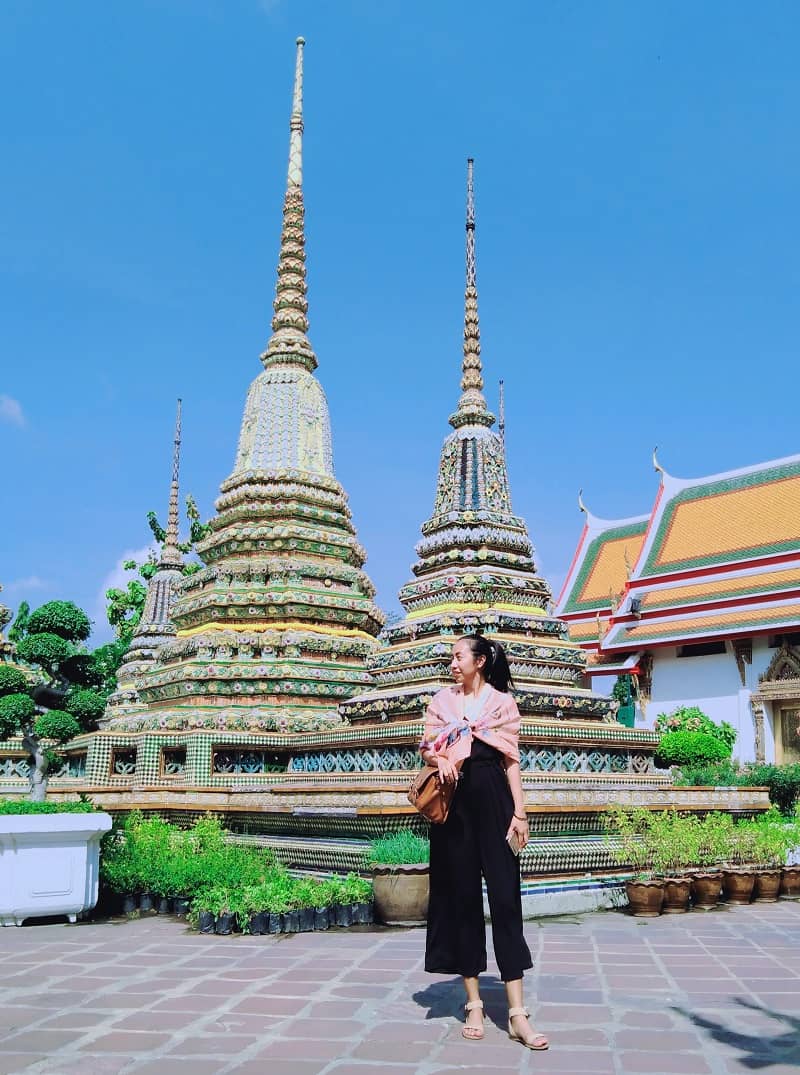


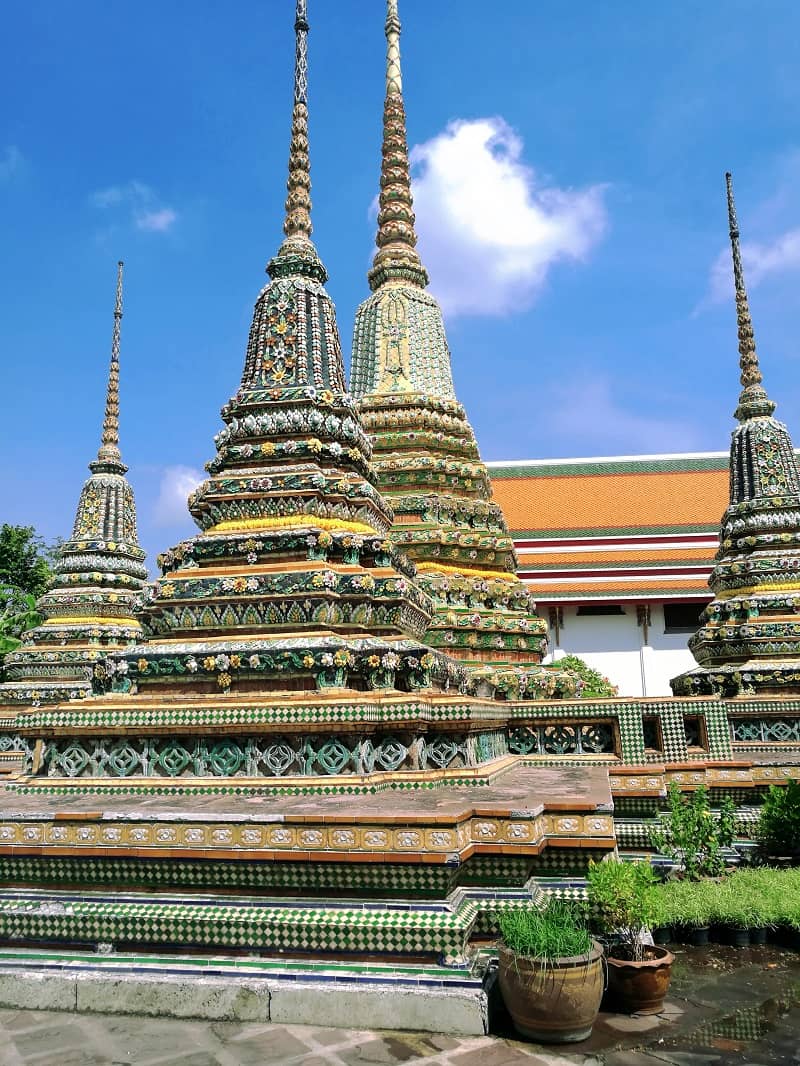

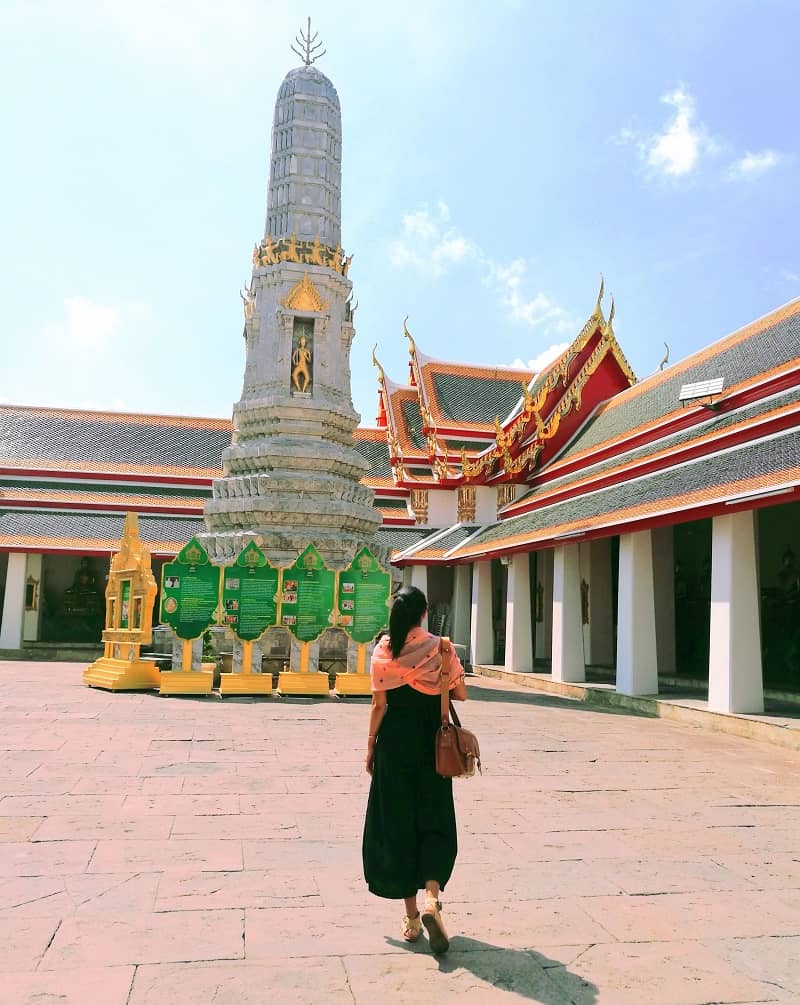






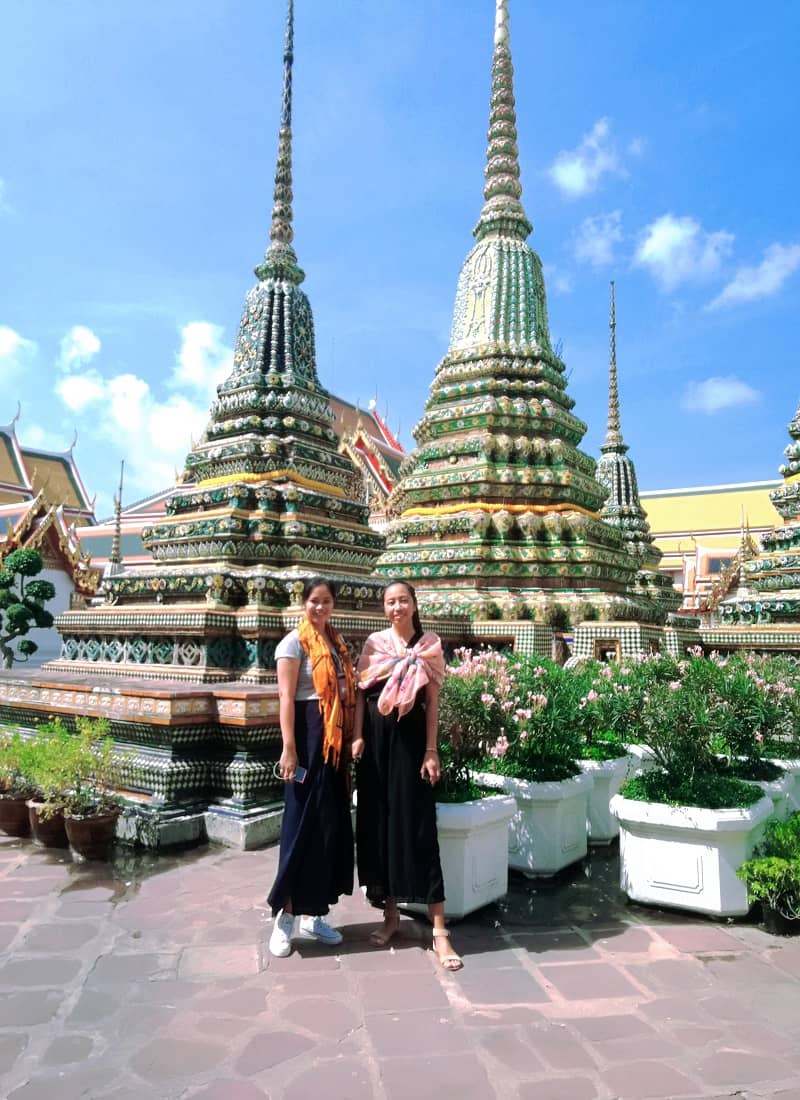
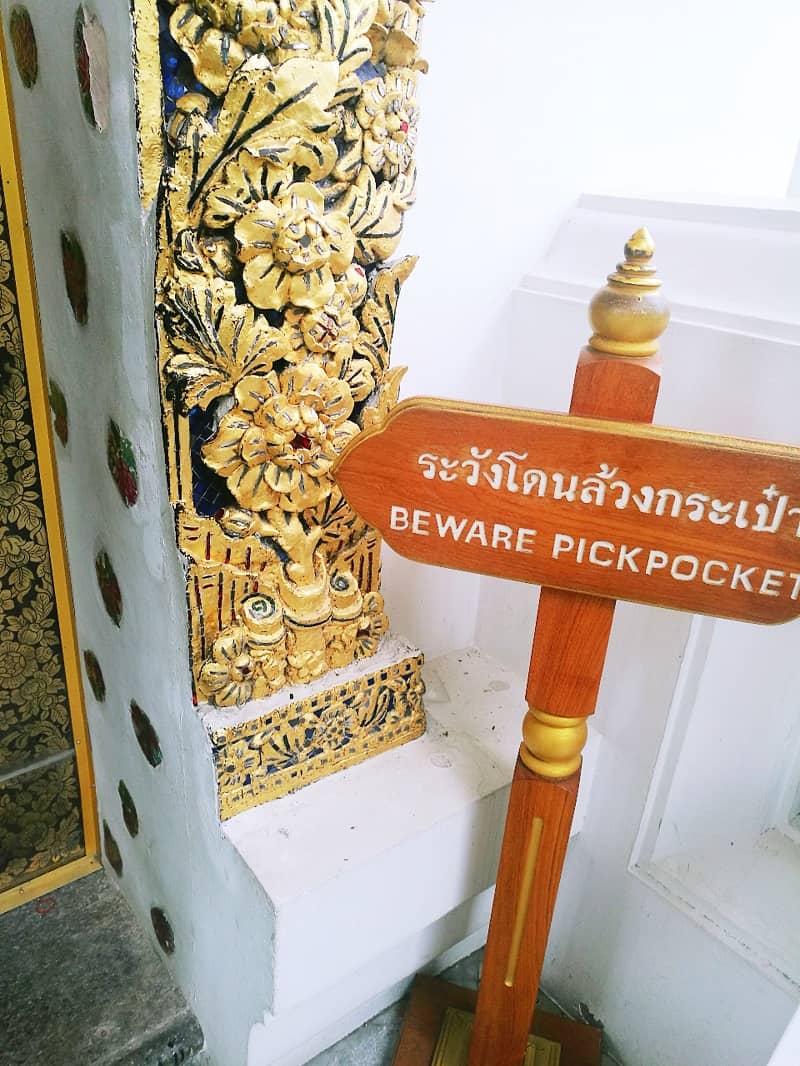





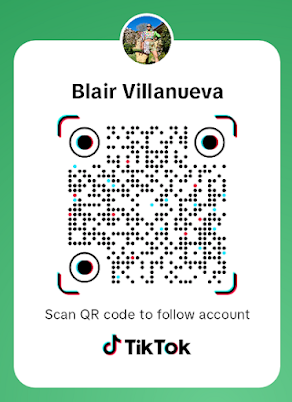














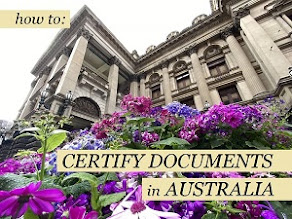
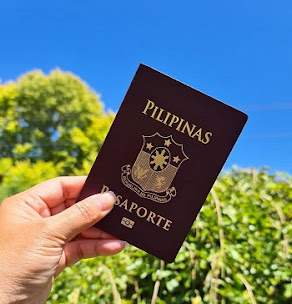
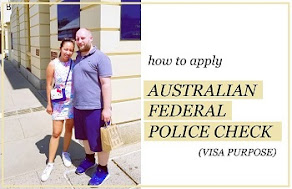
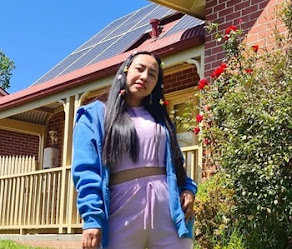
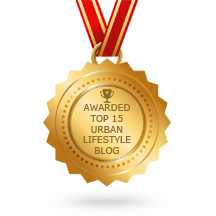

Post a Comment